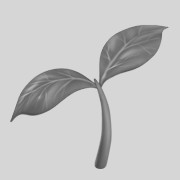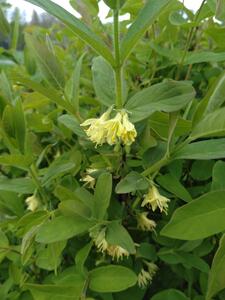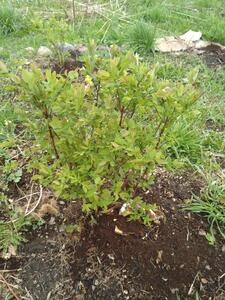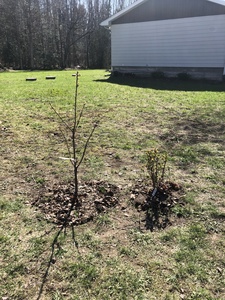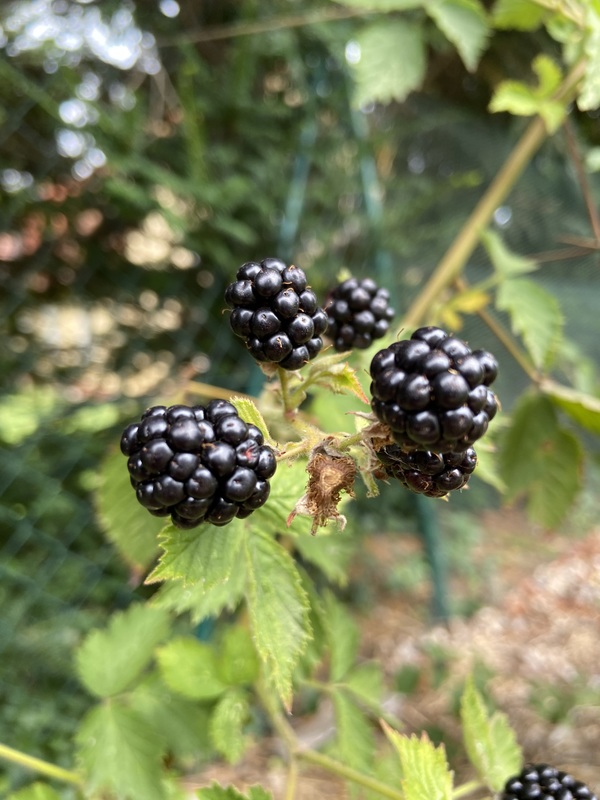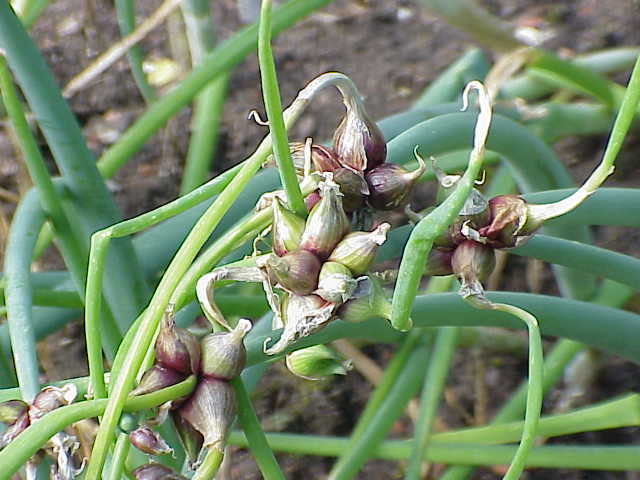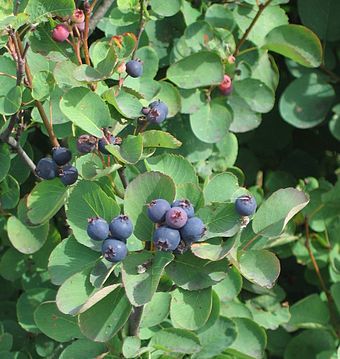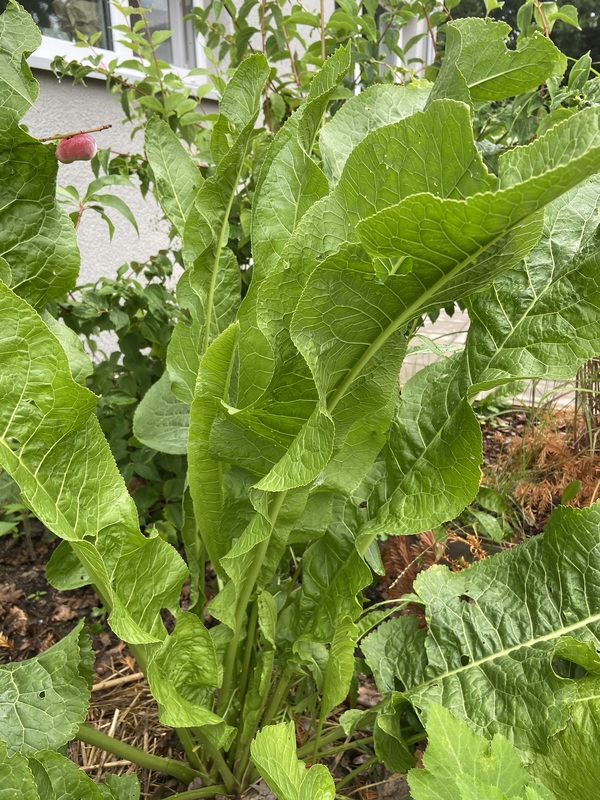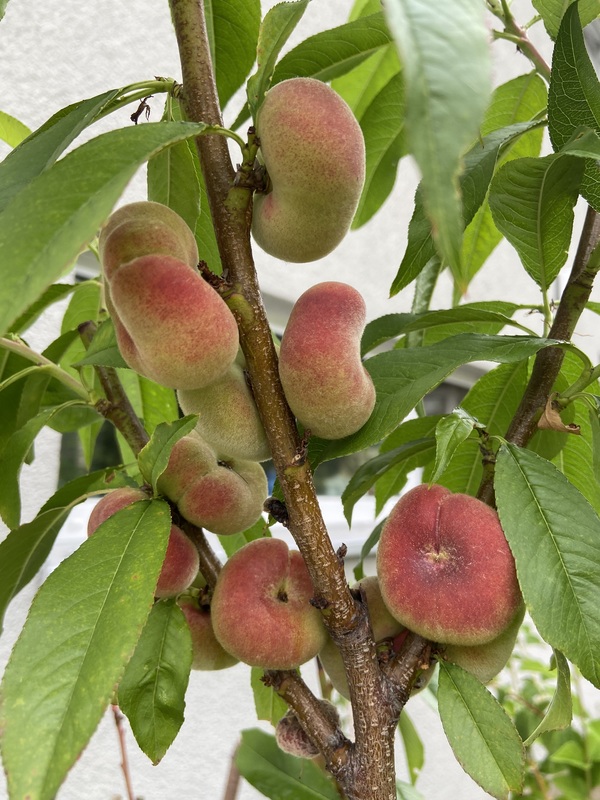Description
Haskap (Lonicera caerulea) is a shrub native to the cold climates of northern Japan, Siberia, and northern North America. It has elongated, oval-shaped leaves and produces edible berries that are typically dark blue in color. The plant can grow up to 6 feet tall and has a spreading habit, making it suitable for use as a ground cover or windbreak.
The plant has bell-shaped flowers that are typically white or yellow in color. It blooms in early spring, providing an important source of nectar for pollinators.
Haskap prefers well-drained, slightly acidic soil and full sun to partial shade. It is hardy and can tolerate cold temperatures, but may need some protection from extreme winds. To cultivate the plant successfully, it is important to water it regularly and provide adequate drainage. Pruning may also be necessary to maintain its shape and encourage berry production.
The berries of Haskap are edible and can be eaten fresh or made into jams, jellies, and other preserves. They are high in antioxidants and have a sweet-tart flavor. After harvest, the berries can be stored in the refrigerator for several weeks.
In addition to its value as a food source, Haskap has several other uses. The plant is known to have medicinal properties and has been used to treat a variety of conditions, including colds, flu, and digestive problems. It is also used as a natural fertilizer and as a mulch to improve soil health. Its dense, spreading habit makes it an effective ground cover and windbreak.
Haskap is a valuable plant for wildlife, providing food and shelter for a variety of animals. The berries are a favorite of birds and small mammals, and the dense growth habit of the plant provides a refuge for wildlife. In addition, the plant’s early blooming period makes it an important source of nectar for pollinators.
